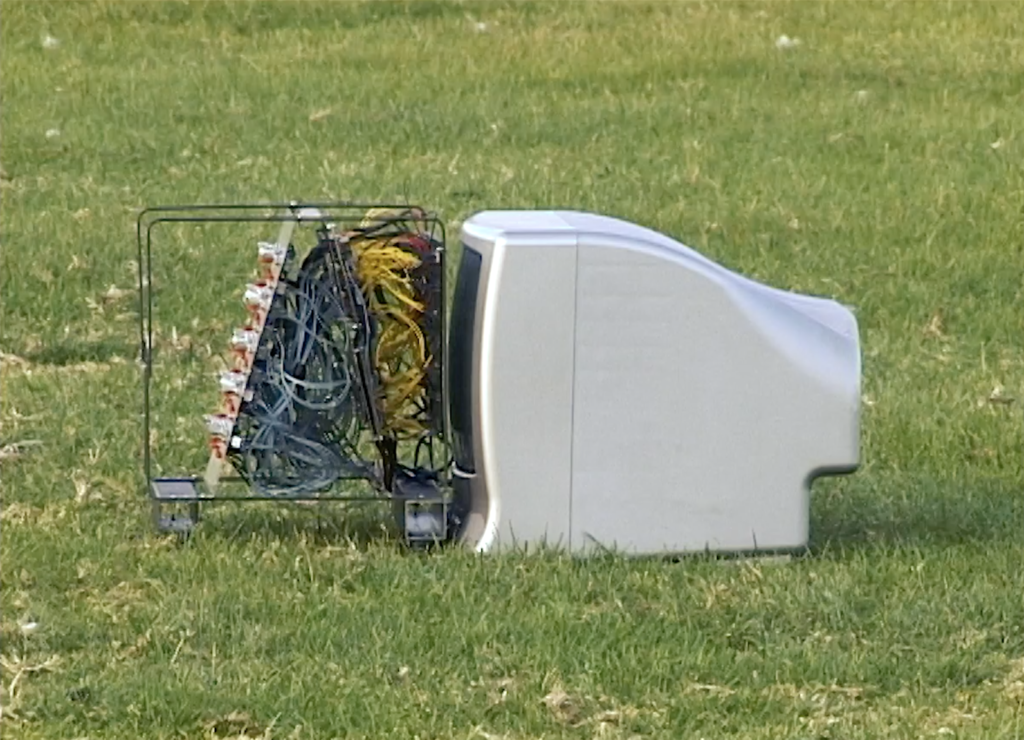Sonic Monoliths
Sonic Monoliths – Video work for Castlerigg stone circle (Hi8 tape, audio from 64 LDR controlled oscillators)
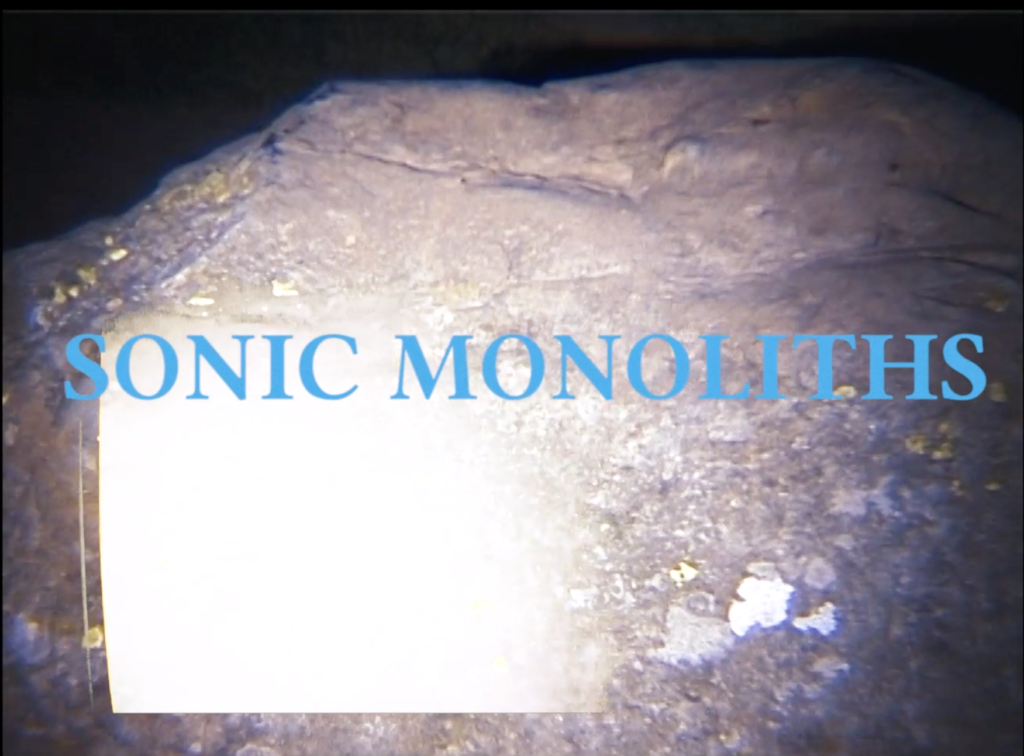
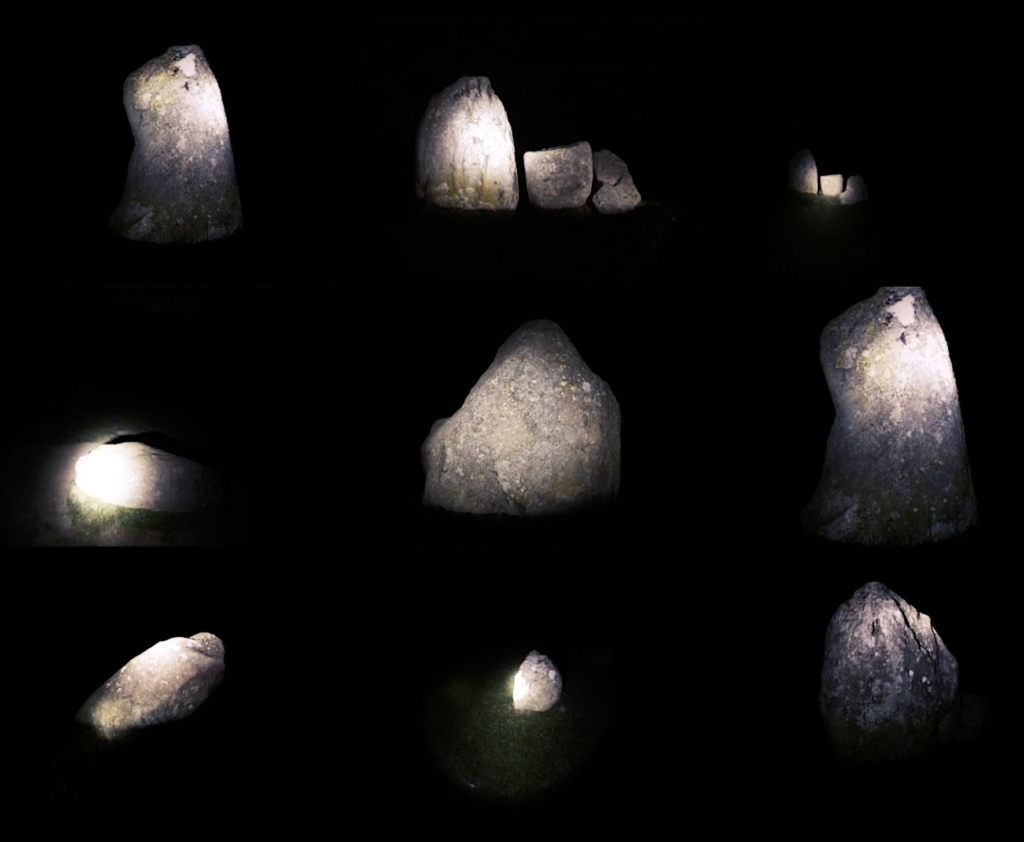
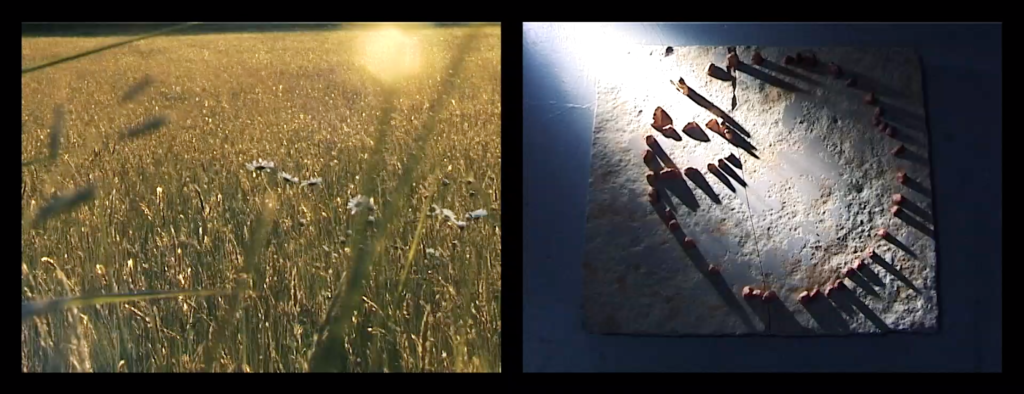
In Sonic Monoliths, I demonstrate a new pseudo-archaeoacoustic archaeological practice, in which audio is extracted from Castlerigg stone circle ( Cumbria, UK), remediated, and then presented to the audience. The work implies that there is a layer of information within noise that is hidden and, thus, can be translated in order for it to be perceived. I chose the Castlerigg stone circle because it is one of Britain’s oldest stone circles, dating from around 3000 cal BC, and because it is one of the most well-preserved and atmospheric Neolithic sites in the north of England.
The intervention at the stone circle highlights the persistent presence of esotericism and unease that lingers at sites like these. There is a collective unknown surrounding the function of ancient Neolithic sites. Traditional archaeology can only uncover the locations and artefacts at a site, and therefore leaves a gap in our knowledge that has driven a universal search, scientific or otherwise, to extract information and patterns at these sites.
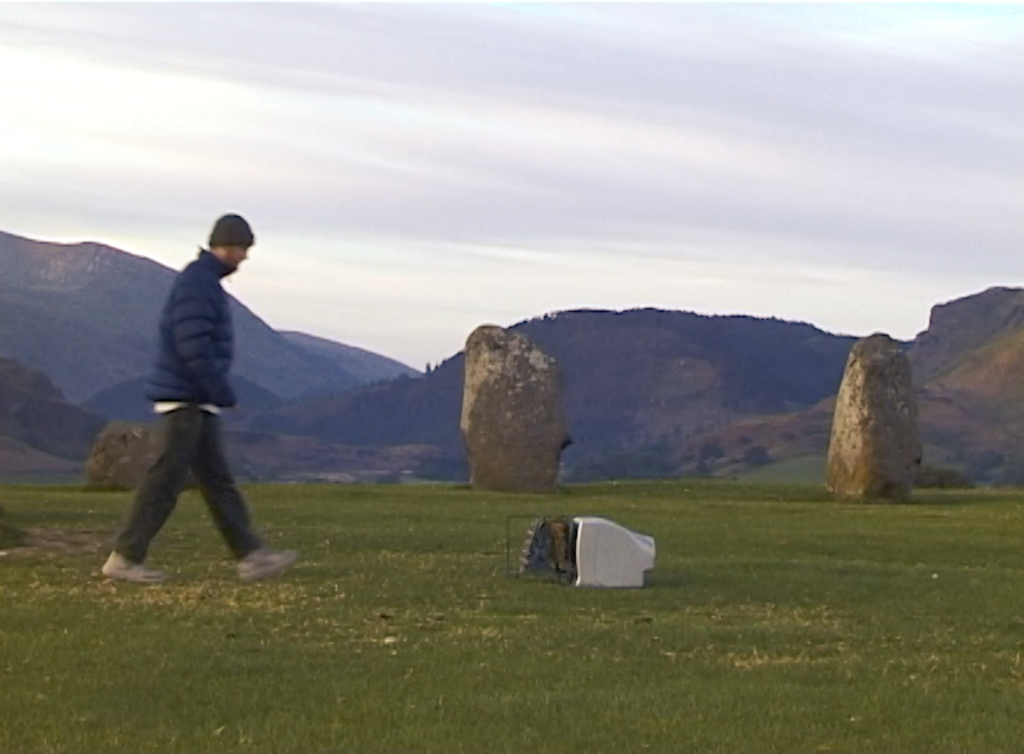
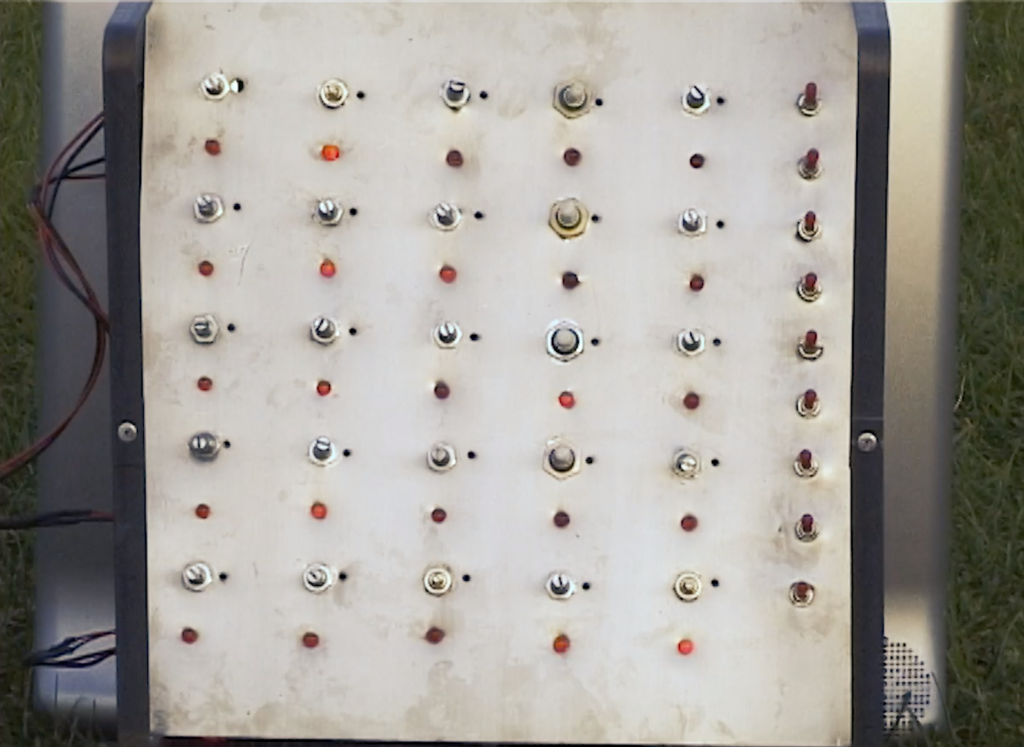
I often work with a systems-based practice. Firstly I collected footage from each stone. The footage is then broadcast through a cathode-ray television. The images shown on the screen dictate the volume and pitch of 49 oscillators, each of which extracts grayscale data from the footage of the Neolithic stones. The result is a distinctive composite sound. The oscillators generate a singular reactive sound, which is then amplified through a ring of speakers. The audience is left to translate the result.
